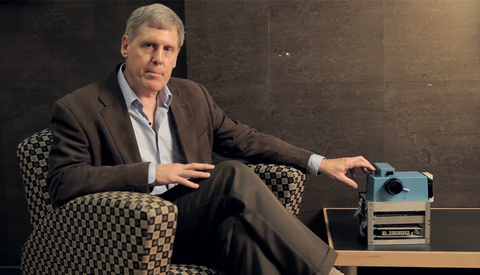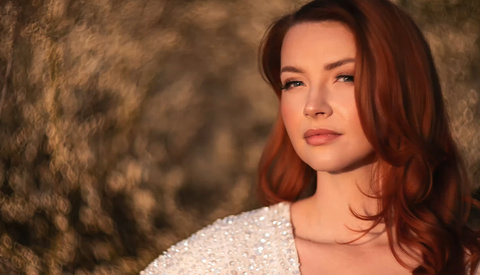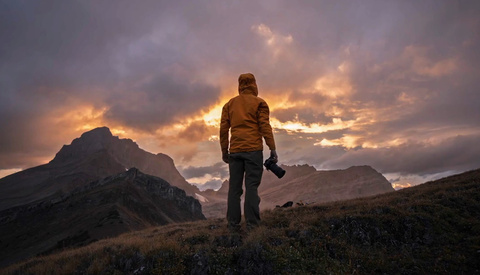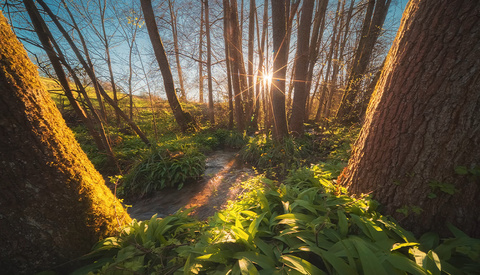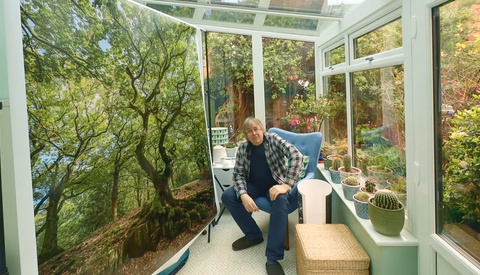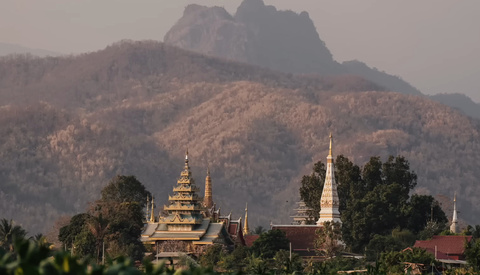The Birth of the Digital Camera: From Film to Filmless Revolution
Photography has always been about capturing light to preserve moments. For over a century, that meant exposing a roll of film and then disappearing into a darkroom or waiting for a lab to develop the images. It’s easy to forget how different this process was before digital cameras came along. In the 1970s, the idea of instantly seeing a photo on a screen felt like science fiction. Yet it was in this era of film and chemicals that a young engineer quietly built a device that would change photography forever. What follows is the story of how the first digital camera was invented and how it transformed the way we take and share photos.

